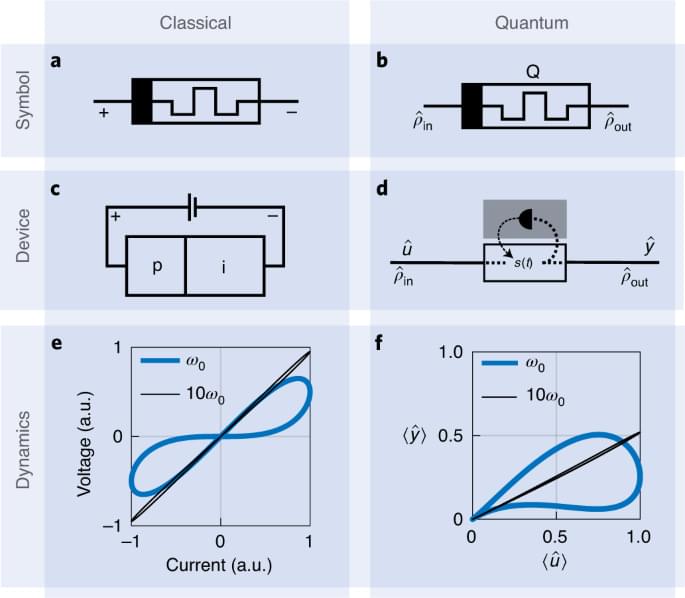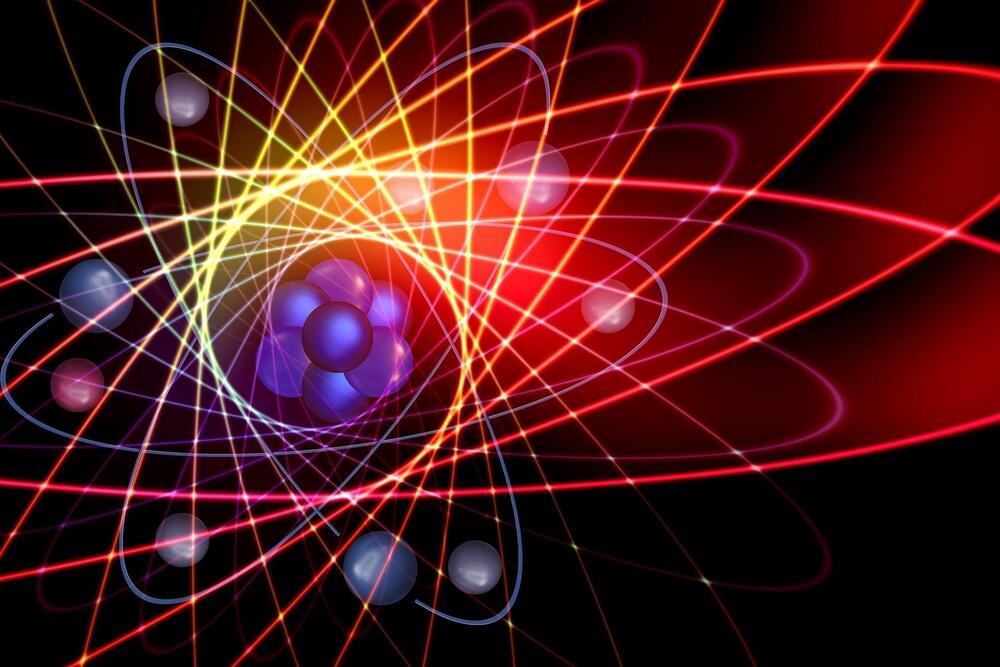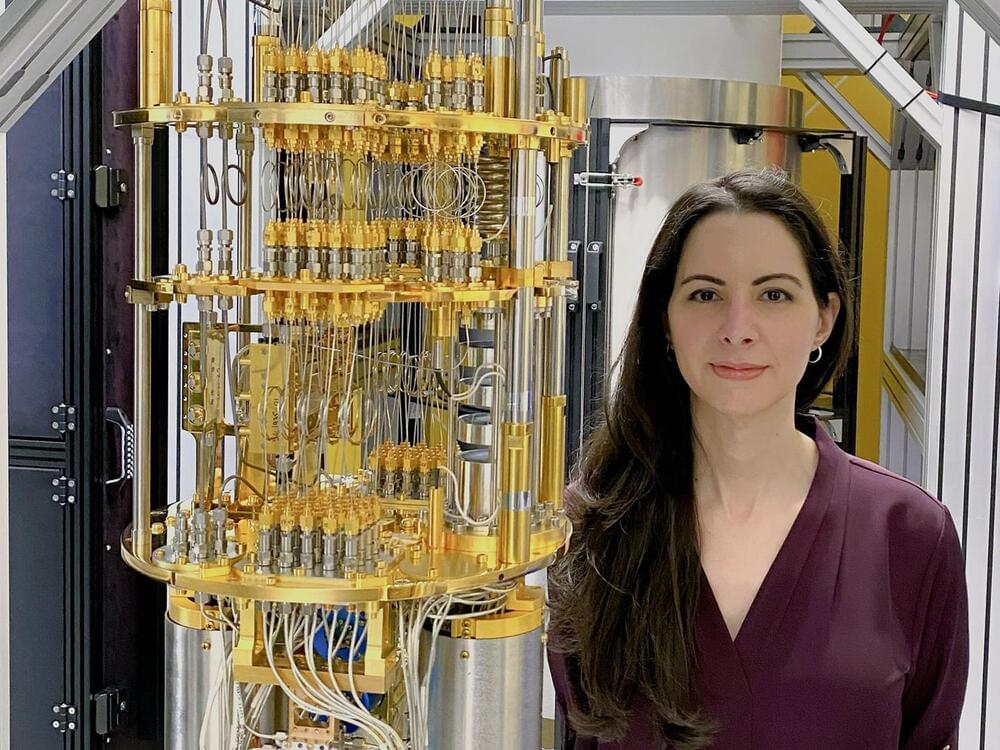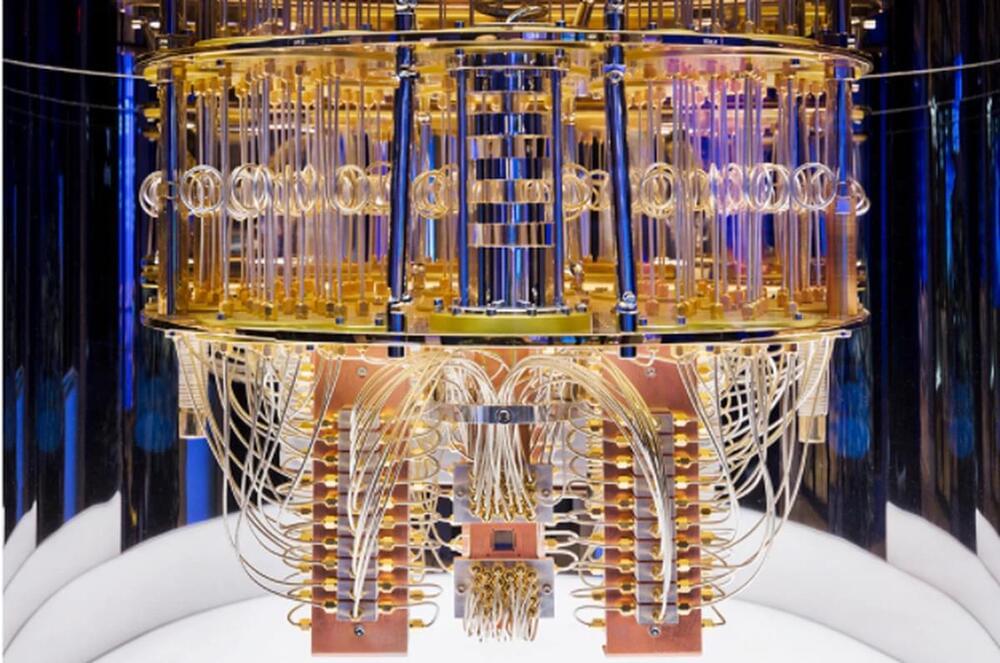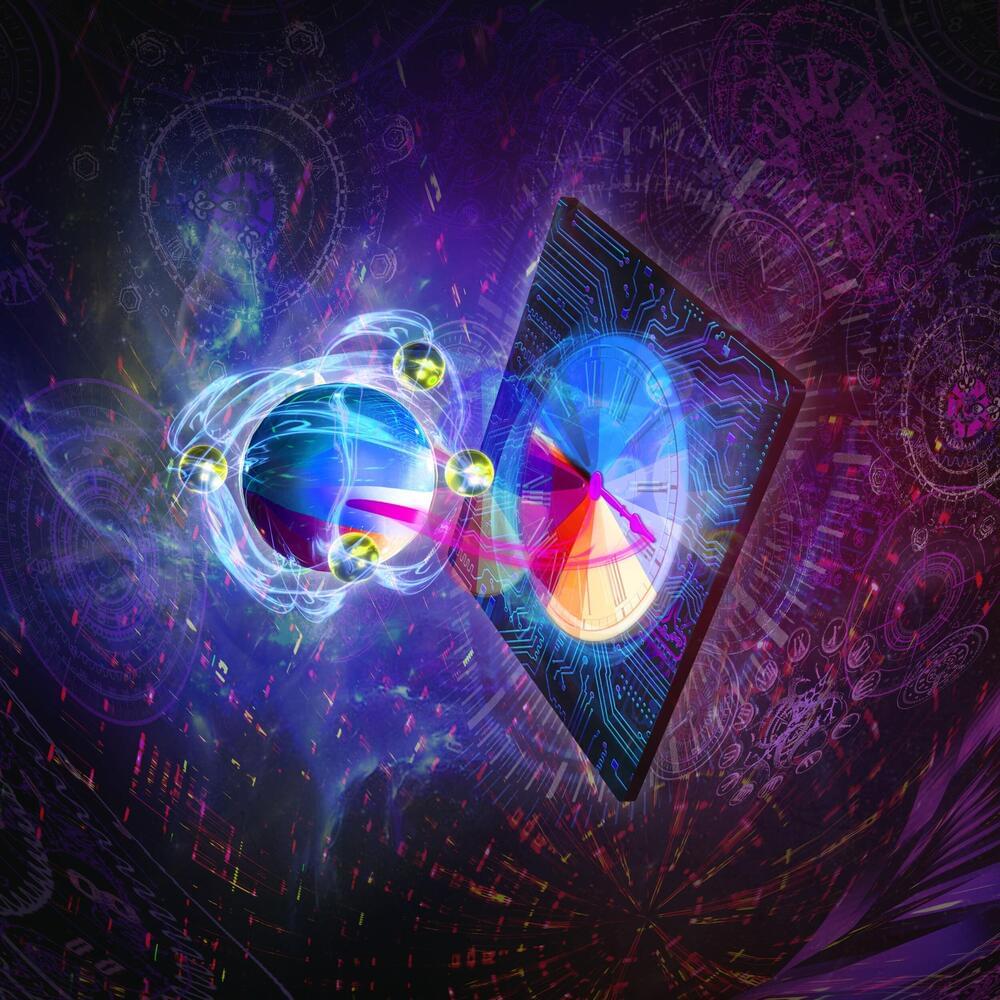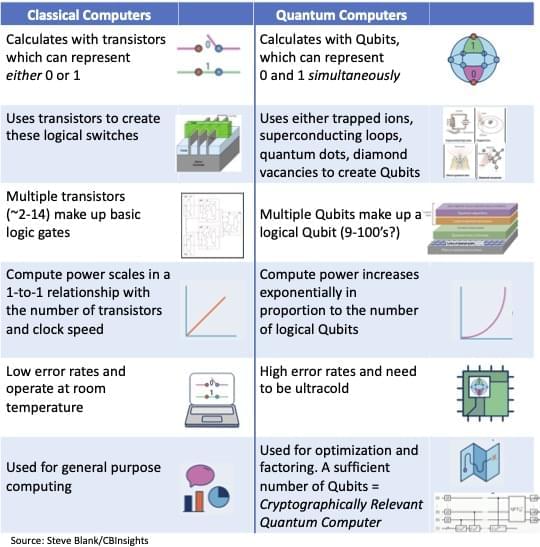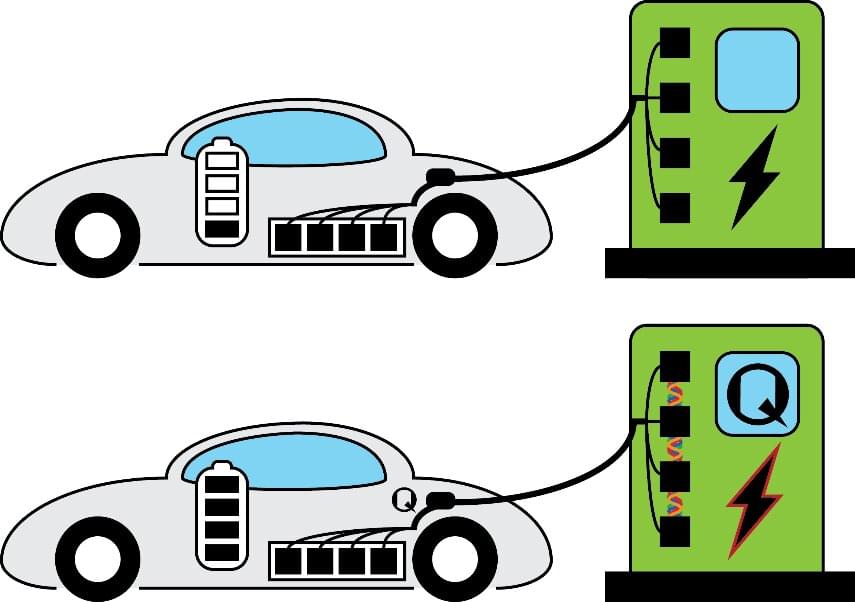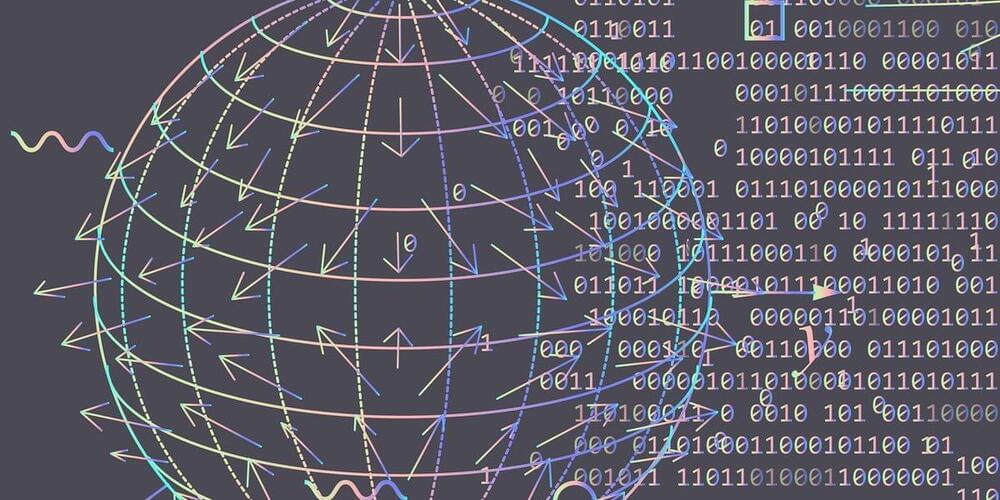Mar 25, 2022
Experimental photonic quantum memristor
Posted by Jose Ruben Rodriguez Fuentes in categories: computing, quantum physics
We have designed an optical memristive element that allows the transmission of coherent quantum information as a superposition of single photons on spatial modes. We have realized the prototype of such a device on a glass-based, laser-written photonic processor and thereby provided what is, to the best of our knowledge, the first experimental demonstration of a quantum memristor. We have then designed a memristor-based quantum reservoir computer and tested it numerically on both classical and quantum tasks, achieving strong performance with very limited physical and computational resources and, most importantly, no architectural change from one to the other.
Our demonstrated quantum memristor is feasible in practice and readily scalable to larger architectures using integrated quantum photonics, with immediate feasibility in the noisy intermediate-scale quantum regime. The only hard limit for larger scalability—as with most quantum photonic applications—is the achievable single-photon rate. A foreseeable advancement would be the integration of optical and electronic components within the same chip (rather than using external electronics), which is conceivable using current semiconductor technology. Additionally, the frequency at which our quantum memristor operates can be easily improved. For laser-written circuits, high-frequency operations are readily available at the expense of higher-power consumption28, whereas other photonic platforms routinely enable frequencies even in the gigahertz regime43. For exploiting these frequencies, however, the photon detection rate must be improved as well.
